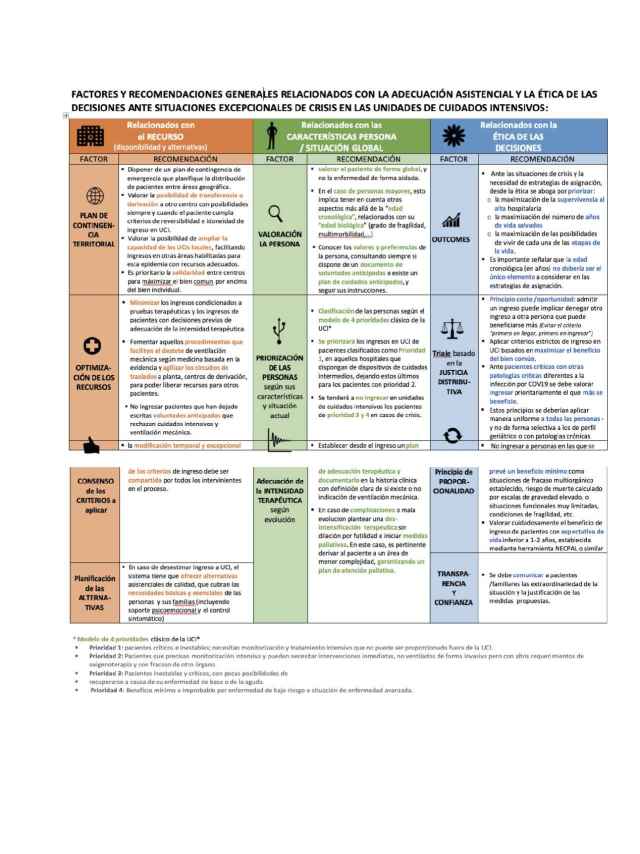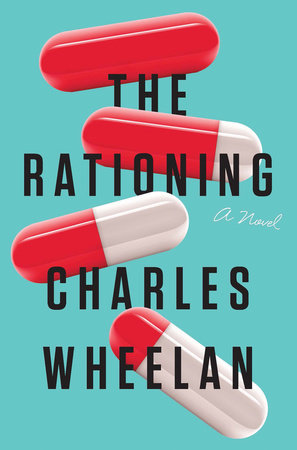Pricing Life: Why It's Time for Health Care Rationing
Llibre resumit amb IA. Han passat els anys i el tema segueix pendent.
El llibre "Pricing Life: Why It's Time for Health Care Rationing" de Peter A. Ubel, publicat l'any 2000, examina la necessitat i els mètodes per al racionament de l'assistència sanitària, movent el debat de si s'ha de racionalitzar a com s'ha de fer. Ubel, professor de medicina, economia de la salut i bioètica, aporta una perspectiva multidisciplinària que abasta l'ètica, l'economia, la psicologia de la investigació i la medicina clínica. El llibre utilitza casos pràctics reals per il·lustrar els seus arguments.
Alguns dels temes clau que s'hi tracten són:
- Anàlisi de cost-efectivitat (CEA): El llibre explora els avantatges i les limitacions del CEA com a eina per a la presa de decisions sobre el racionament de l'assistència sanitària. El CEA pot proporcionar informació explícita i quantitativa sobre les compensacions necessàries per establir prioritats en l'assistència sanitària.
- Política de definició del racionament de l'assistència sanitària: El llibre analitza diferents definicions de "racionament" i com aquestes definicions influeixen en els debats sobre l'assistència sanitària. Es discuteixen tres característiques distintives de les definicions de racionament: mecanismes explícits, recursos absolutament escassos i serveis necessaris.
- La necessitat del racionament de l'assistència sanitària: El llibre argumenta que el racionament de l'assistència sanitària és inevitable a causa dels recursos limitats i la creixent demanda de serveis mèdics.
- El repte de mesurar els valors de la comunitat: El llibre explora les dificultats per incorporar els valors de la comunitat en les decisions sobre l'assistència sanitària, incloent-hi la identificació de la comunitat rellevant i la mesura de les seves preferències.
- Preferències públiques pel racionament: El llibre presenta investigacions empíriques sobre com el públic en general vol que es racionalitzi l'assistència sanitària, incloent-hi la priorització dels pacients greument malalts.
- Racionament a peu de llit: El llibre examina els problemes morals associats amb el racionament a peu de llit, on els metges han de prendre decisions sobre l'assignació de recursos escassos. Es defineix el racionament a peu de llit com la retenció d'un servei que, segons el criteri del metge, és en el millor interès mèdic del pacient, principalment per promoure l'interès financer d'algú altre.
- Incorporació de les preferències públiques de racionament: El llibre proposa maneres d'incorporar les preferències públiques de racionament a l'anàlisi de cost-efectivitat.
- El futur de l'anàlisi de cost-efectivitat i el racionament de l'assistència sanitària: El llibre conclou amb una discussió sobre les possibilitats futures per millorar l'anàlisi de cost-efectivitat i fer que el racionament de l'assistència sanitària sigui més ètic i acceptable per al públic.
Ubel argumenta que la vida té un valor immens, però també té un preu, i que la societat ha de decidir quant vol gastar en assistència sanitària per allargar i millorar les vides. El llibre destaca la importància de tenir debats oberts i honestos sobre el racionament de l'assistència sanitària per tal de prendre decisions informades i ètiques.












